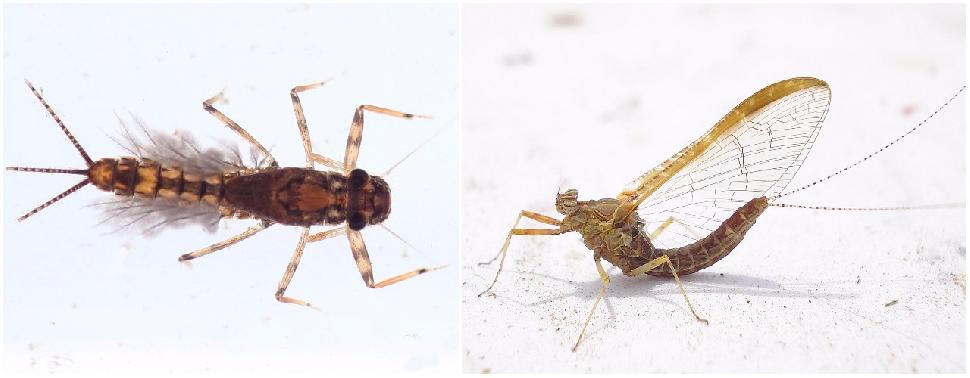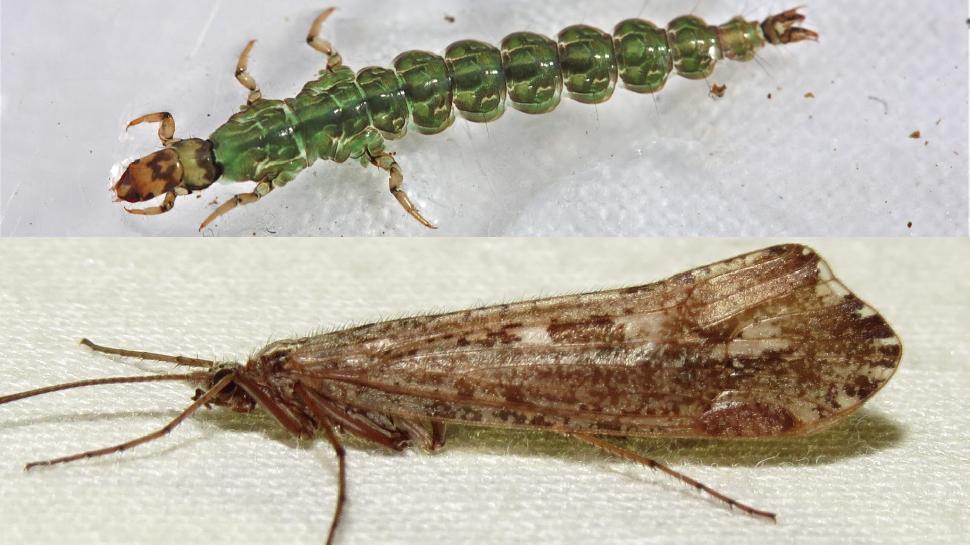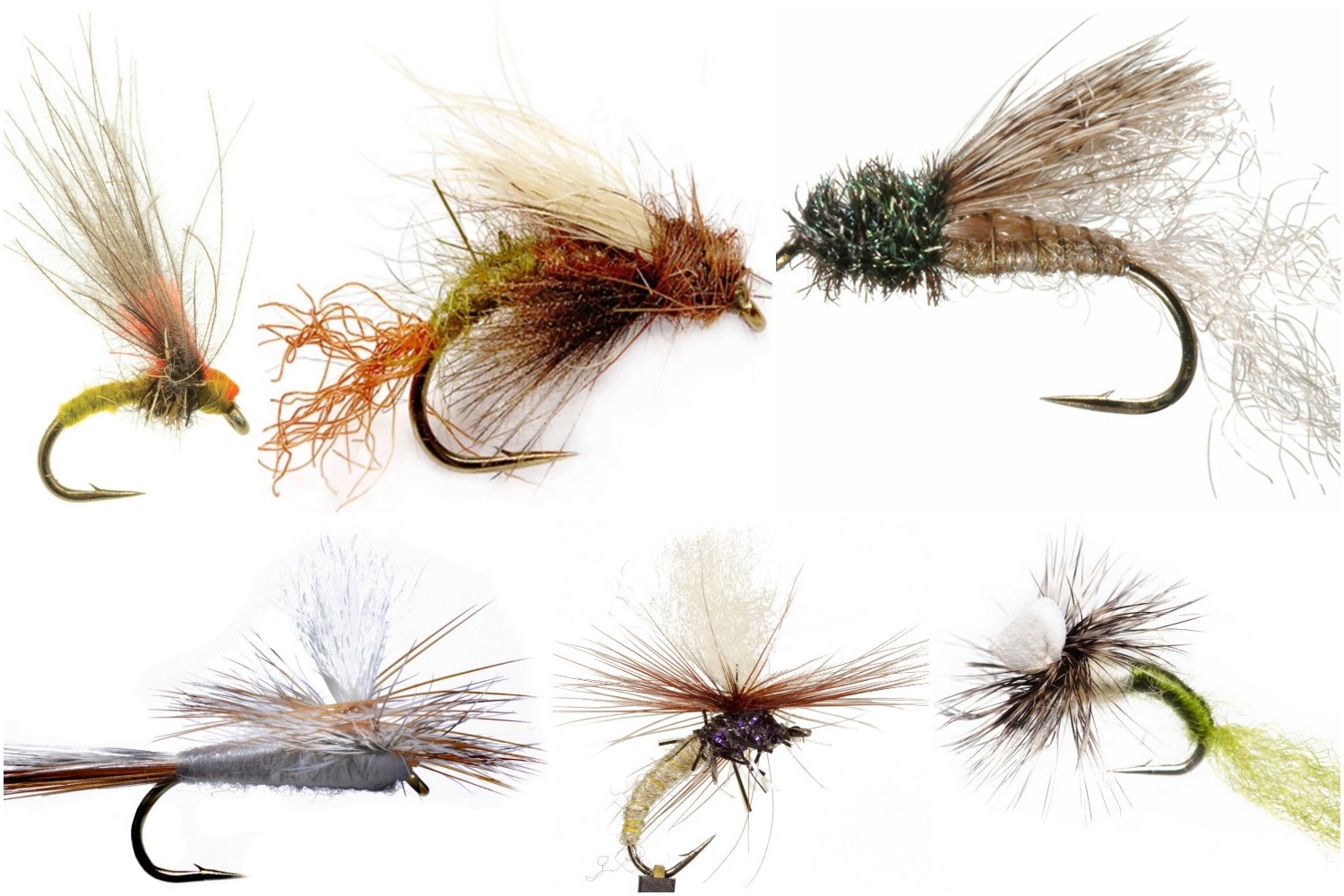THE IN-BETWEEN FLY
Emerger patterns split the difference between dries and nymphs
Advertisement

UNDERSTANDING EMERGERS
Understanding emergers requires a quick-and-dirty lesson on aquatic insects. Two important riverine food sources, mayflies (above) and caddisflies (below), spend most of their lives on or near the river bottom as nymphs. Eventually, their wings and adult body burst out of the nymphal husk as they rise toward the water’s surface. Once on top and fully emerged, the adult insects fly away to reproduce.

During this brief period of transformation, these emerging insects are extremely vulnerable to predation. In addition, many nymphs may be injured, malformed or simply unlucky, and wind up stuck in their shell or trapped by the surface tension of the water, drifting helplessly. Just as lions target the lame gazelle, trout key on this easy prey, often to the exclusion of the harder-to-catch adult insects.
Advertisement
Just as lions target the lame gazelle, trout key on this easy prey, often to the exclusion of the harder-to-catch adult insects.So, those gentle swirls or bulges of water—as opposed to splashier attacks on adult insects—are a classic sign of fish sipping emerging insects, either just below the surface or right from the surface film. To fool these fish, you need a buggy-looking fly that doesn’t quite float, but doesn’t sink, either. Enter the emerger fly.

